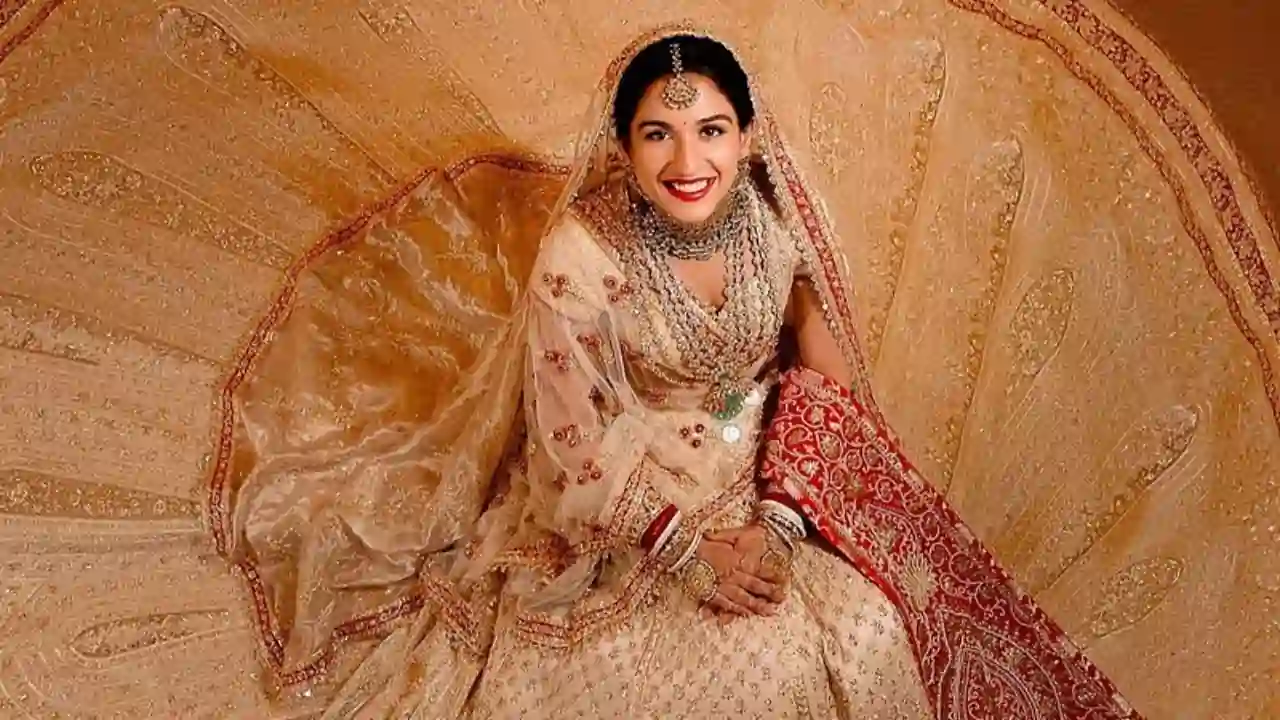
Storey time: An Instagram project chronicles Delhi houses as they change
6 months ago | 5 Views
Say the words “Delhi house” and an image springs to mind: a rectangular structure set amid gardens, usually about two storeys high. It is designed in a bit of a flat sprawl, so as to be cool in the scorching summer and yet let in some of the scarce winter sun.
The courtyard and gardens, and the flat terrace, are key features; it is here that the extended family may still gather to celebrate a wedding or birth, or mourn a death.

In the histories and chronicles of this ancient city, though, these houses rarely find a mention. The lens remains trained on the once-grand, now-crumbling havelis, the nearly-400-year-old lanes of Shahjahanabad, and the many monuments that date to a time long before then.
To Anica Mann, an archaeologist, art historian, curator, and a woman who simply loves her city, this seemed like a big gap in the tale. As Delhi transforms again, she began to worry about what was being lost. So she decided to create her own chronicle.
@DelhiHouses on Instagram seeks to document India’s post-independent, post-colonial Capital. It features standalone homes built between the 1940s and 2011 (when rules changed to make stilts compulsory, altering the architecture forever).
These homes led a transformation, she says, sprouting in areas that once held fields and hamlets. Their influence is still visible in areas such as Holambi Khurd, where she grew up. Once a remote Jatt village an hour away from the city, it is now a rapidly urbanising part of North Delhi district, says Mann, 37.

Two years in, @DelhiHouses has featured more than 250 homes, each an example of this vernacular architecture, and many also a reflection of an individual family’s identity, history and hopes.
Some homes feature what were then the ultra-modern curves of the Art Deco style. Others bear the distinctive brick red of the city. Some incorporate architectural embellishments reflective of the family’s past: arches, jaalis and jharokhas reminiscent of Lahore or Jaipur or Sind. Grand pillars reflect ambitions; crumbling facades, a fading dream.
“There are micro-histories here that tell the larger story of the city,” Mann says. Hidden in the details, the dates of construction and the names at the gate are tales of Partition and loss, love, family, success.
“The first house I archived was a classic modern bungalow in Defence Colony that belonged to a retired military family. It was built in the 1960s, before air-conditioning became common. It had a well and a puja room built into the architecture.”

The 21st-century urban jungle doesn’t reflect the individual and family in quite the same way, Mann points out.
As she hears the clock ticking on these structures, she is eager to do more, she adds. It can be difficult to find the family that owns a now-empty home; access can be impossible for some of the oldest. If you have a Delhi home you are proud of and would like to see on her Instagram page, reach out, she pleads.
“The erasure of our recent past concerns me,” Mann says. “Our modern history is not old enough to be preserved on priority, and often not new enough to live in. Thus, slowly, the story of how India rebuilt itself right after colonialism is being forgotten and overtaken by the beast of rapid development.”
What a loss that would be, in a city defined by reinventions: of identity, family, food, business, and ideas of home.
HOW DID YOU LIKE THIS ARTICLE? CHOOSE YOUR EMOTICON !
#




















